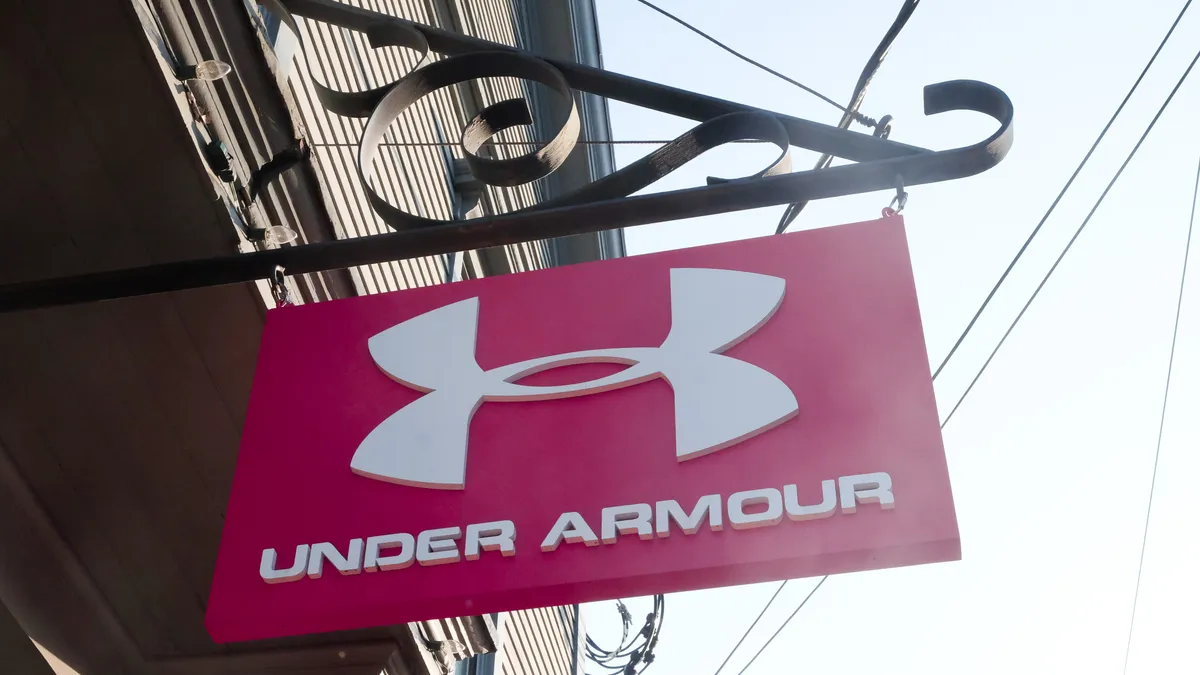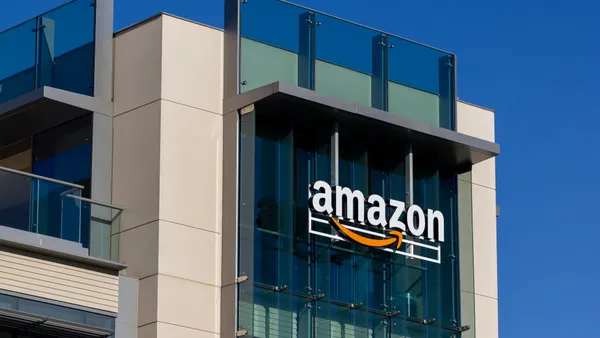Dive Brief:
- Under Armour reported its inventory was up 50% YoY to $1.2 billion, more than previously expected for the period that includes the holiday season, though executives said the retailer is well positioned to work through the excess.
- “Our inventory was quite lean in fiscal 2021 due to our constrained strategy and supply chain disruptions,” COO and interim CEO Colin Browne told analysts last week. “So, a large part of this increase and the increase over the next few quarters is simply normalizing to levels to us being a close to a $6 billion brand.”
- The sportswear brand has also seen “improvements across our supply chain with our factory partners making progress in returning to pre-pandemic production efficiency,” as well faster ocean and delivery times in the quarter ending Dec. 31, Browne said.
Dive Insight:
More efficiency and lower costs in Under Armour’s supply chain was a bright spot in a quarter otherwise challenged by slowing demand and high inventory levels across the sector, which executives described as “bloated” and “stagnant” on its earnings call.
Lower freight costs — driven by an improving ocean landscape and reduced air freight — made a positive impact on Under Armour’s gross margin of 40 basis points. But that offset only a small fraction of the 650 basis point margin decline.
The drop was larger than Under Armour expected, and CFO Dave Bergman attributed it to unplanned markdowns and more promotions in the brand’s direct-to-consumer business — revenue for which fell 1% YoY — as the company tried to “manage through inventory.” Revenue companywide rose 3% to $1.6 billion in the quarter.
Bergman signaled that there was more discounting ahead as the sector continues to work through slow-moving piles of inventory.
“I think across the industry, apparel was impacted with higher inventory,” the executive said. “So as a product category, it's been more promotional activity there, which definitely challenges the revenue growth a little bit.”
Against that backdrop, Bergman said the company also took a sizable amount of inventory it deemed seasonless to pack and hold for next year, rather than liquidate or discount too heavily. “So we're in a position to be able to do that,” Bergman said. “We're comfortable doing that.” At the same time, Bergman noted that the company does not “not have a lot of aged inventory.”
Executives expect Under Armour’s own inventory levels to remain at 50% above last year through the current period, the last quarter in the company’s fiscal year. Browne said that fiscal year-end inventory growth would be the peak, “followed by elevated yet appropriate step-downs in the following quarter.”
Credit Suisse analyst Michael Binetti pointed out in a note that Under Armour was “more aggressive than most at cutting orders last year.” Binetti also noted that, even with inventory up 50% YoY, the company will have 140 days of inventory on hand in the current quarter, which tracks with Under Armour’s March average in the pre-pandemic years of 2017, 2018 and 2019.















